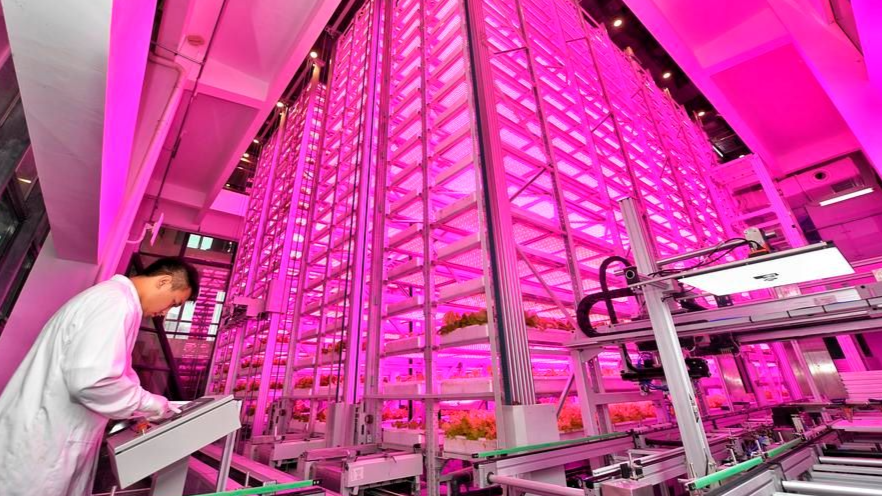
BEIJING - China's industrial output maintained steady expansion in October amid industrial upgrading and improving market demand, official data showed on Friday.
The National Bureau of Statistics said in a statement that value-added industrial output, an important economic indicator, expanded 5.3 percent year-on-year in October.
Speaking at a press conference, spokesperson for the breau Fu Linghui said that the relatively fast growth in industrial output since the start of this year is an important bright spot for the Chinese economy.
Fu said that thanks to policy support, market demand and enterprises' expectations improved in October, highlighting that the equipment and high-tech manufacturing sectors played an important role in bolstering output growth.
Friday's data showed that the equipment manufacturing sector's output climbed 6.6 percent from a year ago last month, 1.3 percentage points higher than the overall industrial output.
The high-tech manufacturing industry also posted stellar performance, with its output up 9.4 percent year-on-year in October. The growth pace outstripped the overall industrial output by 4.1 percentage points, indicating the intelligent and green transformation of the country's manufacturing industry.
Industrial output edged up 0.41 percent in October from the previous month. From January to October, it rose 5.8 percent year-on-year.
ALSO READ: High-tech manufacturing, fixed-asset investment strong
Industrial output measures the activity of enterprises, each with an annual main business turnover of at least 20 million yuan ($2.8 million).
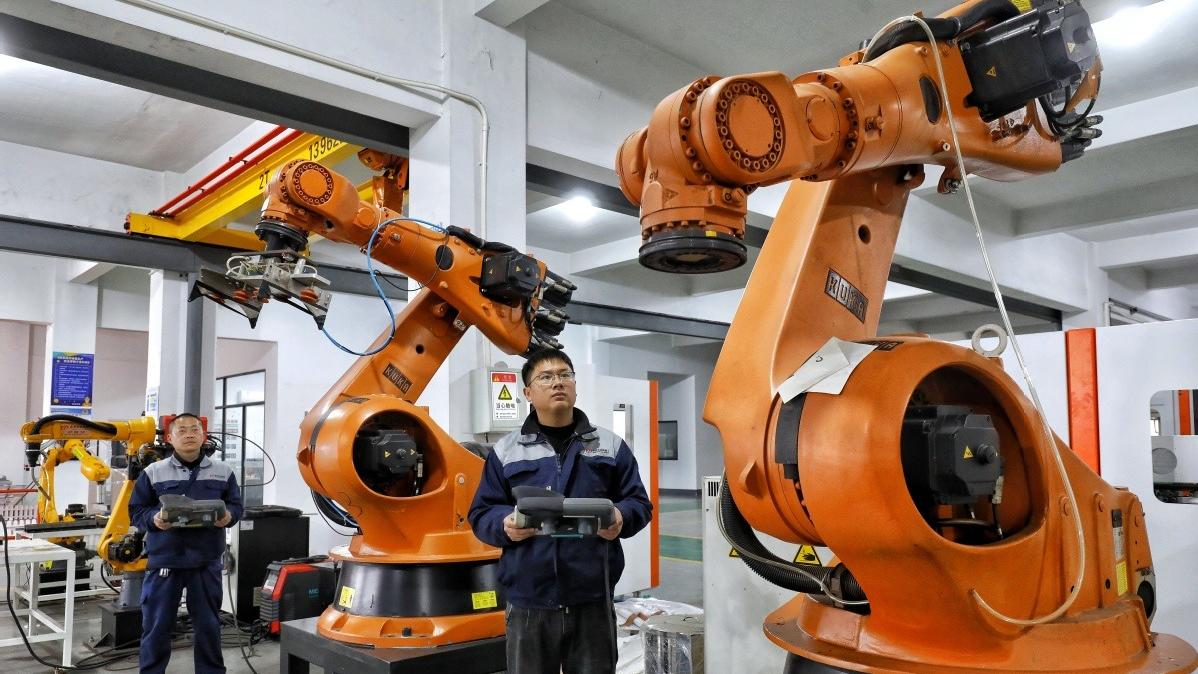
In particular, the country's production of new energy vehicles, industrial robots, and integrated circuit products surged 48.6 percent, 33.4 percent, and 11.8 percent last month, respectively.
China's manufacturing sector returned to expansion in October after five consecutive months of contraction, earlier data showed. The purchasing managers' index for the sector came in at 50.1 last month, up from 49.8 in September and surpassing the boom-or-bust line of 50 for the first time since May.
Boosted by a raft of policy measures, the Chinese economy has achieved generally stable growth while making further progress, with major indicators seeing marked rebounds and positive factors accumulating, said Fu.
Fixed-asset investment
With the country's supportive policies boosted economic activities and confidence, the fixed-asset investment expansion continued to stabilize.
The fixed-asset investment rose 3.4 percent year-on-year in the first 10 months to 42.32 trillion yuan, data from the bureau showed.
The growth of fixed-asset investment has maintained flat for three consecutive months, stemming a downward trend seen during previous months this year.
"The country's investment growth has remained generally stable, and the investment structure continued to improve," spokesperson for the bureau Fu said.
Fu expected investment to further expand, as the effects of the country's supportive policies continued to filter through.
ALSO READ: China launches first monetary policy tool to support capital market
To beef up the economy, the Chinese authorities have unveiled a broader-than-expected policy package since late September, which focused on enhancing counter-cyclical adjustments, expanding effective domestic demand, supporting business operations, promoting the recovery of the property market, and invigorating capital markets.

Friday's data showed that the country's investment in infrastructure construction rose 4.3 percent from a year ago during the January-October period, and manufacturing investment increased 9.3 percent, with the growth rates both accelerating from those registered in the first nine months of the year.
Excluding the property sector, the country's fixed-asset investment climbed 7.6 percent in the first 10 months. Investment in property development fell 10.3 percent during the period.
With the property sector excluded, private investment grew 6.3 percent from January to October, the bureau's data showed.
Investment in high-tech industries maintained robust growth, up 9.3 percent year-on-year. In breakdown, investment in high-tech manufacturing and high-tech services gained 8.8 percent and 10.6 percent, respectively.
The stabilization of investment growth came amid a series of October's indicators that added evidence to the further strengthening of the economic recovery.
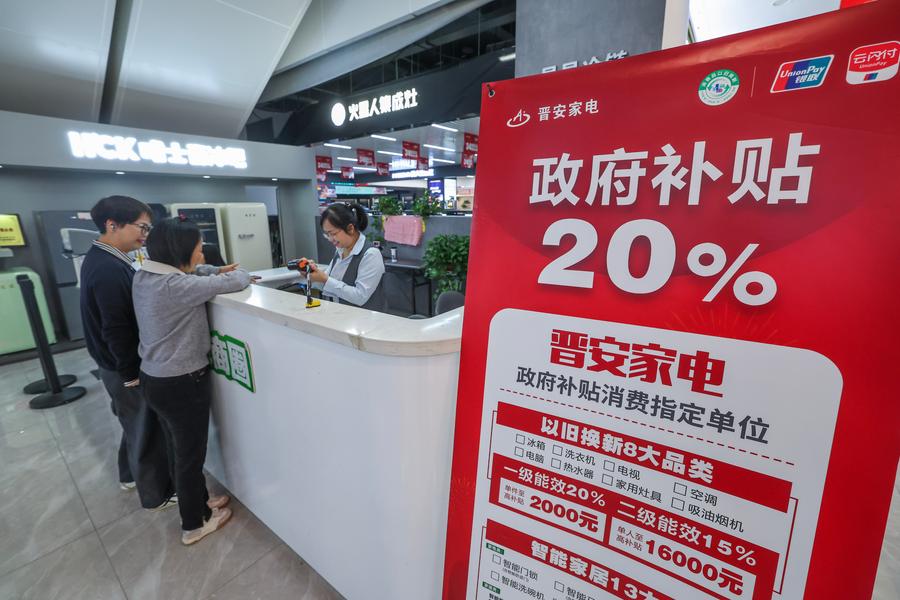
Retail sales
On China's consumer market, the consumption gained traction in October with faster sales growth and improving consumer sentiment thanks to favorable government policies.
The bureau said retail sales of consumer goods went up 4.8 percent year-on-year last month, quickening from the 3.2 percent increase in September.
The market showed more signs of recovery in October, as the week-long National Day holiday witnessed booming tourism, an annual shopping festival led to increasing sales across the country, and warming stock and property markets also bolstered consumer confidence.
Consumption emerged as a bright spot in the economy, spokesperson for the bureau Fu added.
Specifically, driven by the national trade-in program, household appliances and audio-visual equipment reported a 39.2 percent surge in combined sales compared to a year earlier, and the sales of stationery and office supplies jumped 18 percent. Furniture and automobiles also saw increases of 7.4 percent and 3.7 percent in sales, respectively.

The government introduced the large-scale equipment upgrade and consumer goods trade-in program in March this year to expand domestic demand and shore up the economy. Under the program, consumers receive subsidies for replacing products ranging from phones to cars.
Fu said the sales of major trade-in products contributed 1.2 percentage points of the overall retail sales growth in October.
In the first 10 months, retail sales of consumer goods expanded 3.5 percent from a year earlier, 0.2 percentage points higher than the January-September period. In particular, the increase of online sales of physical goods accelerated from 7.9 percent to 8.3 percent.
ALSO READ: Renewals, trade-ins unlock investment, consumption
While stressing that the vibrant consumer market is conducive to economic recovery, Fu urged more efforts to increase people's incomes, give play to pro-consumption policies, and improve the quality of products and services to unleash the potential of consumption.
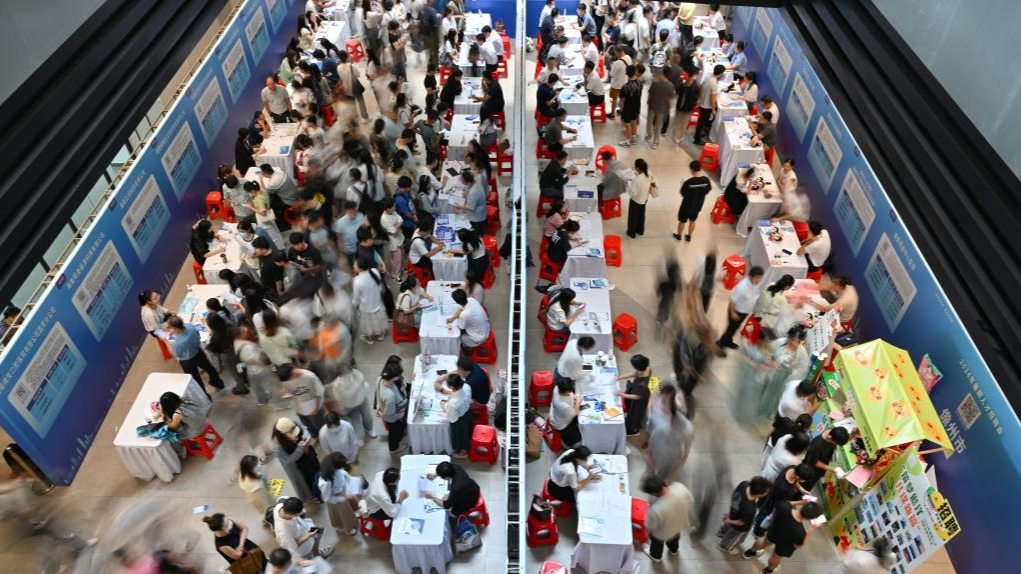
Urban unemployment
Friday's data also indicated that China's job market remained generally stable in the first 10 months as the surveyed urban unemployment rate dropped on a year-on-year basis.
The surveyed urban unemployment rate on average in China stood at 5.1 percent in the first 10 months of 2024, down 0.2 percentage points from the same period last year, the bureau said.
In October, the surveyed urban unemployment rate in the country came in at 5.0 percent, down 0.1 percentage points from the previous month.
The surveyed urban unemployment rate in 31 major cities stood at 5.0 percent, a decrease of 0.1 percentage points from the previous month, the bureau's data showed.
READ MORE: China initiates program to boost employment among college graduates
The average working hours for employees in enterprises nationwide stood at 48.6 hours per week.
Chinese authorities have stepped up efforts to stabilize employment, particularly the employment of college graduates this year.
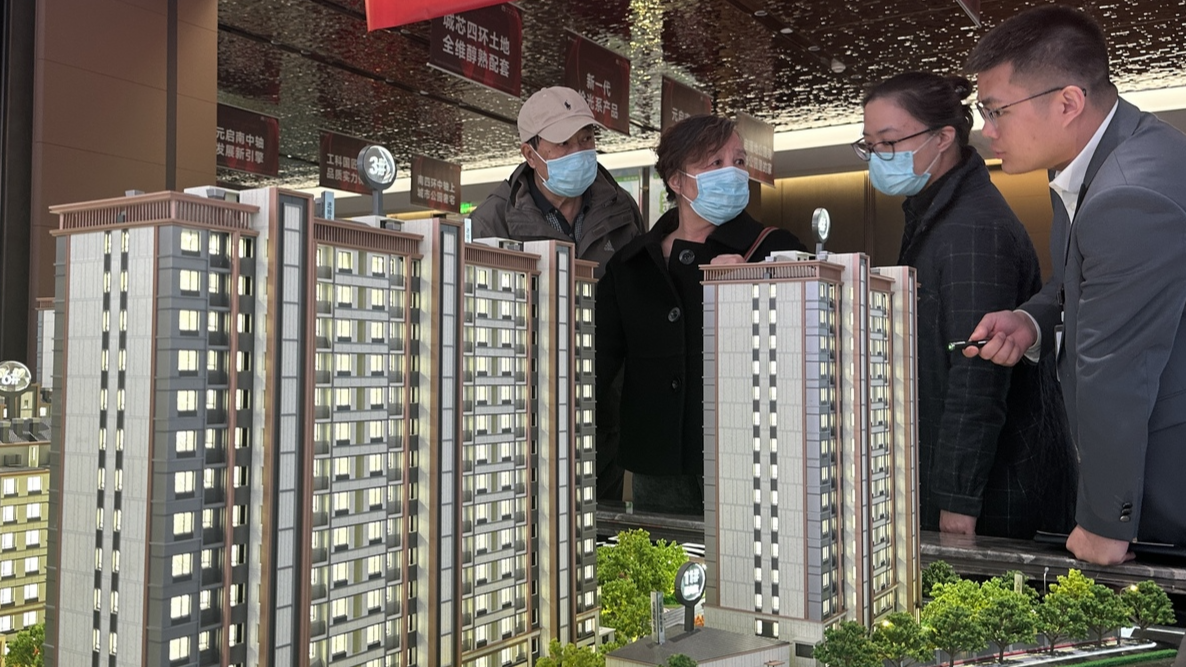
Home prices
In October, China's property market displayed positive changes, with narrowing price declines, stronger sales and improved market sentiment, as the latest wave of pro-housing policies took effect.
The decline in the prices of commercial residential homes in China's 70 large and medium-sized cities generally moderated on a month-on-month basis in October, according to the bureau.
In the country's first-tier cities, namely Beijing, Shanghai, Guangzhou and Shenzhen, new home prices edged down by 0.2 percent, narrowing from a 0.5-percent drop in the previous month, according to the bureau's data.
Prices of second-hand homes in first-tier cities rose 0.4 percent in October, reversing a 1.2 percent decline in the previous month and marking the first increase in 13 months.
Second- and third-tier cities registered narrower drops in both new and second-hand home prices in October, the bureau added.
"Property market expectations further improved in October as home prices in Chinese cities either rose or declined at a slower pace month and month," said NBS statistician Wang Zhonghua.
Chinese authorities pledged in late September to reverse the property market downturn and stabilize the sector. The country has rolled out a slew of measures to prop up the market, including cutting mortgage rates, lowering down payment ratios and relaxing purchase restrictions.
Earlier this week, China unveiled incentives related to deed tax in property transactions to support people's housing needs. The minimum prepayment rate for land appreciation tax has been reduced to ease the financial difficulties of real estate companies.
"Property market activity surged in October. Inquiries and property viewings have increased noticeably, while the total area and value of commercial housing sales saw substantial improvement," said the bureau's spokesperson Fu.
READ MORE: China launches tax policies to support property market
"The property market showed positive changes in October," Fu said. "As the effects of the policy package continue to unfold, the momentum driving the real estate market recovery is expected to strengthen. Therefore, we remain optimistic about the outlook of the property market."
However, Fu said that China's real estate market, after years of rapid expansion, had entered a new stage of development, transitioning from a focus on expansion to prioritizing quality improvements to better meet the diverse housing needs of residents.
Moving forward, China will coordinate efforts in land use, fiscal, tax and financial policies to accelerate the establishment of a new development model for the real estate sector, promoting steady and sound growth in the market, Fu said.
Recovery in the property sector is among the latest signs that the Chinese economy is gaining momentum as the country has intensified moves to shore up growth. Friday's data also showed faster growth in retail sales and the service sector in October.

Energy production
The bureau's data also indicated that China's energy production maintained stable growth in October.
Output of raw coal rose 4.6 percent year-on-year to 410 million tonnes, while crude oil output increased 2.5 percent from a year ago to 17.77 million tonnes.
China imported 46.25 million tonnes of raw coal last month, surging 28.5 percent year-on-year, while imports of crude oil dipped 8.7 percent to 44.7 million tonnes.
Natural gas production experienced rapid growth last month, with output increasing by 8.4 percent to 20.8 billion cubic meters. The growth rate saw an acceleration of 1.6 percentage points compared to September.
READ MORE: China powers up use of liquefied natural gas
In October, the country's power generation reached 731 billion kilowatt hours, marking a year-on-year increase of 2.1 percent, data showed.


